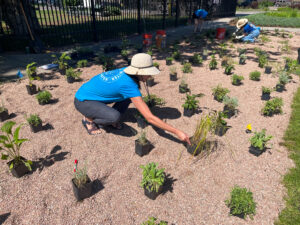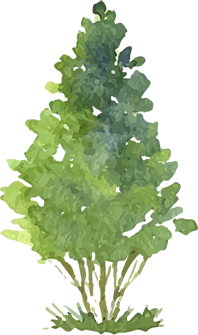The Park People Increases Community Greening Impact

Since 2018, The Park People has refined our approach to community greening. The Park People is partnering with community leaders, offering technical expertise and project facilitation for residents that want to engage in sustained, multi-year greening at the neighborhood scale. Communities and Denver’s urban forest are already reaping the benefits.
This approach begins by hiring local contractors to build neighborhood capacity and to lead community greening projects. In this way, we connect local neighborhoods organizations to resources, and provide the framework for continued, sustained greening projects. The Park People created Community Connector positions for community residents who lead and support tree planting through community outreach, site planning, planting event coordination, and tree stewardship. To prepare for their new responsibilities, Community Connectors participate in The Park People’s Community Forester program.

As Evon Lopez, the Community Connector for the Valverde neighborhood, explains: “You teach me about trees and show me how to bring more people in. I speak the language of Valverde and that is important for The Park People’s work to be successful here.” Read more about Evon and her work here.
In addition to Community Connectors, The Park People is recruiting Community Climate Ambassadors. Part of a program created and funded by the Denver Office of Climate Action, Sustainability, and Resiliency (“CASR”), Ambassadors are conducting a climate change survey, collecting input on how organizations like The Park People can support projects focused on their water conservation and heat mitigation efforts.
And, in 2022, The Park People and its partners started TreeForce, a pre-apprenticeship program to prepare individuals for urban forestry careers and, thereby, help address Denver’s forestry worker shortage. During their field training, trainees planted and cared for 100 trees in the Barnum, Valverde, Villa Park, and West Colfax neighborhoods, all low-tree canopy neighborhoods that are focus areas for The Park People. Read more about TreeForce here.
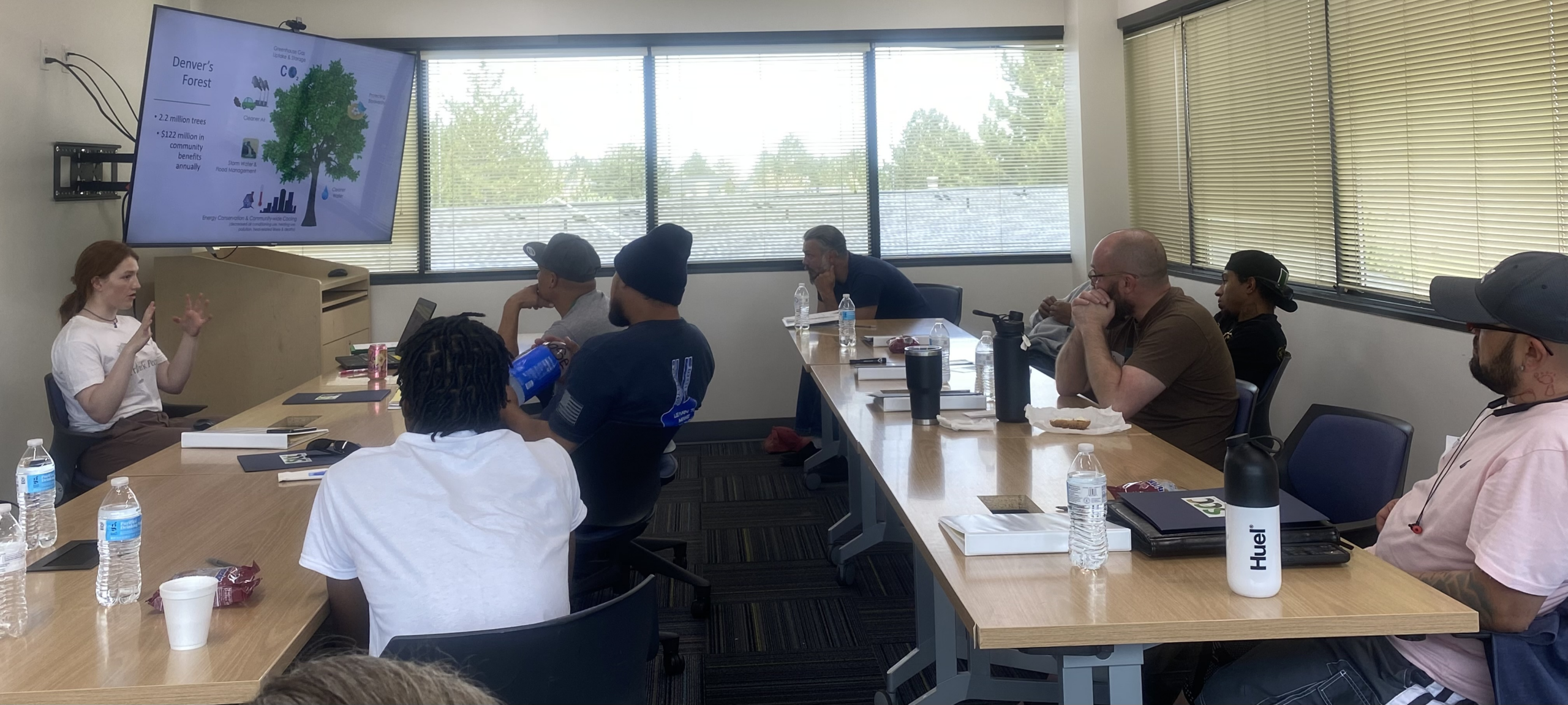
But capacity building has not been limited to increasing human resources. Thanks to funding from CASR, The Park People has an additional 1,050 trees to plant over a three-year period in low tree canopy neighborhoods. Already, homes have been found for some of those trees. As part of the Valverde Fall Forest Fest, The Park People joined with the Valverde Neighborhood Association and the Valverde Movement Project to promote the community’s goal of putting “the Verde back in Valverde.” With a burrito as an incentive, residents placed pink dots on a neighborhood map to show where they would like to plant trees.
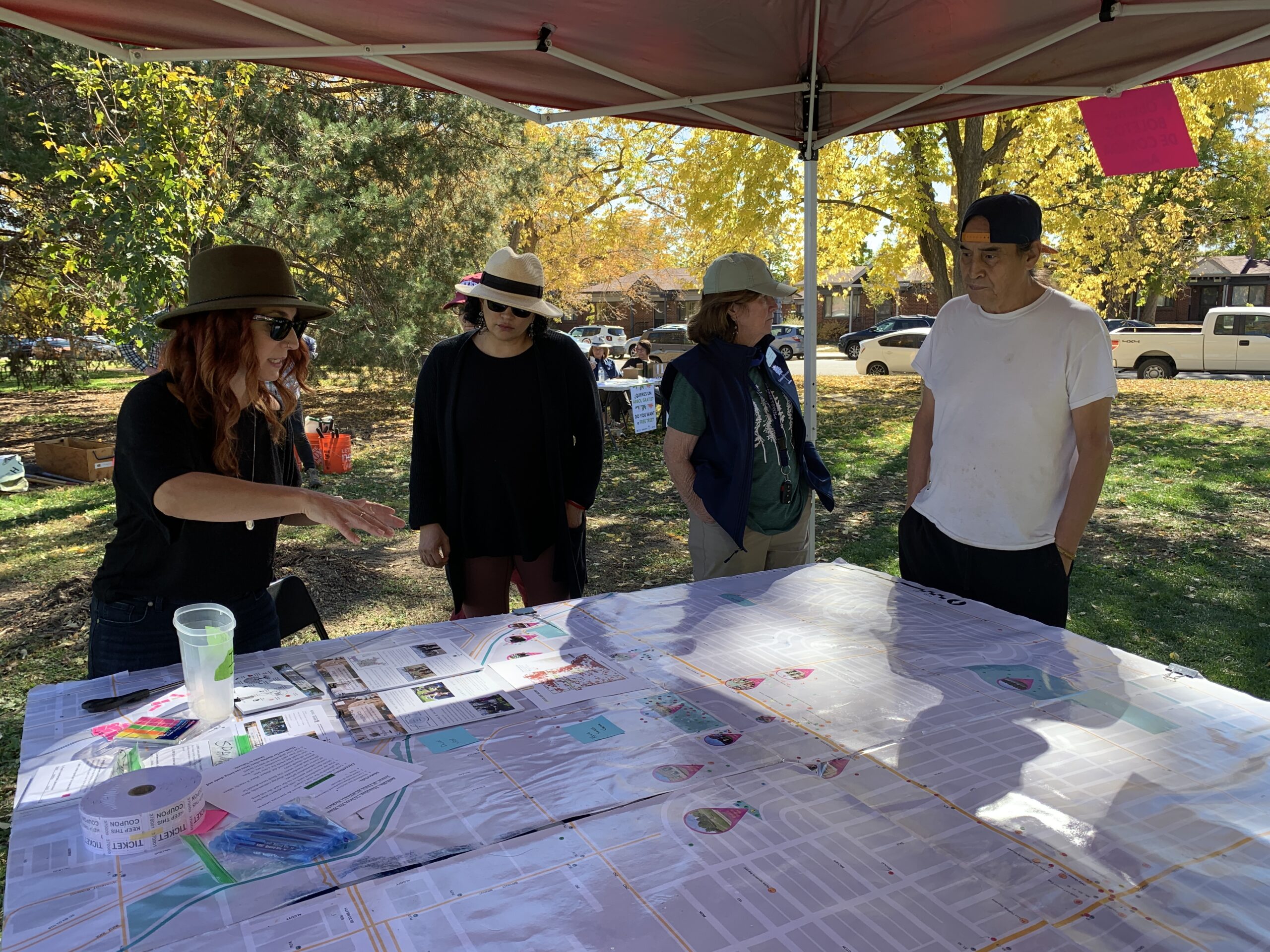
Even at this early stage, it is clear, as intended, that The Park People’s beefed-up approach to community greening will provide economic benefits as well as environmental benefits to low tree canopy, low-income neighborhoods. With funding from CASR and Great Outdoors Colorado, community residents are supplementing their income through part-time employment as Community Connectors. CASR is also making it possible for students with Florence Crittenton Services, which aids teenage mothers, to serve as Community Climate Ambassadors, providing them with some income plus exposure to potential career opportunities through The Park People. TreeForce works with the Second Chance Center to recruit formerly incarcerated individuals as trainees.
With this infrastructure in place, The Park People is able to work more effectively with communities to co-create a healthy, resilient future. Although planting trees by itself is beneficial, the full potential of environmental, public health, and economic benefits of tree planting can be maximized by communities if they are fully engaged in—and leading—the greening efforts. At the same time, because the great bulk of Denver’s potential locations for new trees are on private property, Denver cannot grow the urban forest it needs unless communities buy into the effort. In short, communities need trees, but trees need communities.

Categories
Archives
Support us with a Donation
Related Posts
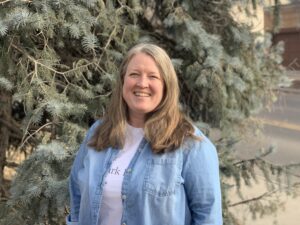
Arborist’s Corner: Show Us Your Root Flare
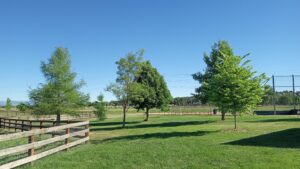
Arborist’s Corner: The Importance of Biodiversity in the Landscape
